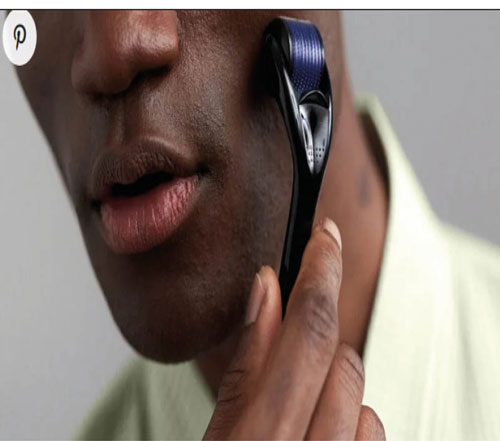A new study compared two dermatological treatments—microneedling and chemical peels—to see which works best for treating acne scars. The researchers focused on people with darker skin and randomly assigned them to receive one of the two treatments.
The participants who received the microneedling treatment had the best results, as 73% of that group saw a marked improvement.
While some may consider acne a minor inconvenience of puberty, some people—in their teens and beyond—experience difficult cases of acne that can last a long time and even lead to scarring.
A study from Rutgers University, located in New Brunswick, NJ, examined dermatological treatments for acne scarring in patients with darker skin tones. The study was published in The Journal of Clinical and Aesthetic DermatologyTrusted Source.
Certain types of acne may cause scarring According to the American Academy of Dermatology Association (AAD), acne occurs when skin pores become clogged. This starts happening more during puberty when people experience a change in hormones, but acne can affect people of all ages.
There are many treatments for acne available. Some are over-the-counter (OTC) treatments, such as those containing salicylic acid or retinol. For people with more severe acne cases who do not find success with OTC treatments, there are prescription medications available, such as clascoterone or tretinoin.
While acne clears up for some people, others experience scarring. According to the AAD, some people are at a higher risk for developing acne scarring than others. People who pop or squeeze their acne and do not treat their acne are at a higher risk for developing acne scars. Also, people who have cystic acne and nodular acne are prone to scarring.
Cystic acne penetrates the skin and causes pus-filled pimples, whereas nodular acne tends not to form a head. Scarring reportedly affects 30% of people with moderate to severe acne.
Sometimes hyperpigmentation occurs as a result of acne, which is when the skin appears darker after a pimple clears up. This is more common in people with darker skin.
Treatments for acne scarring Acne scarsTrusted Source fall into one of the following three categories: Atrophic (such as icepick scars, which appear as pinpricks on the face) Hypertrophic (which are raised and firm) Keloidal (reddish/purple scars that extend beyond the borders of the original wound) Depending on the severity of the acne scarring, at-home treatments may help. Retinol serums may help minimize scarring and hyperpigmentation.










